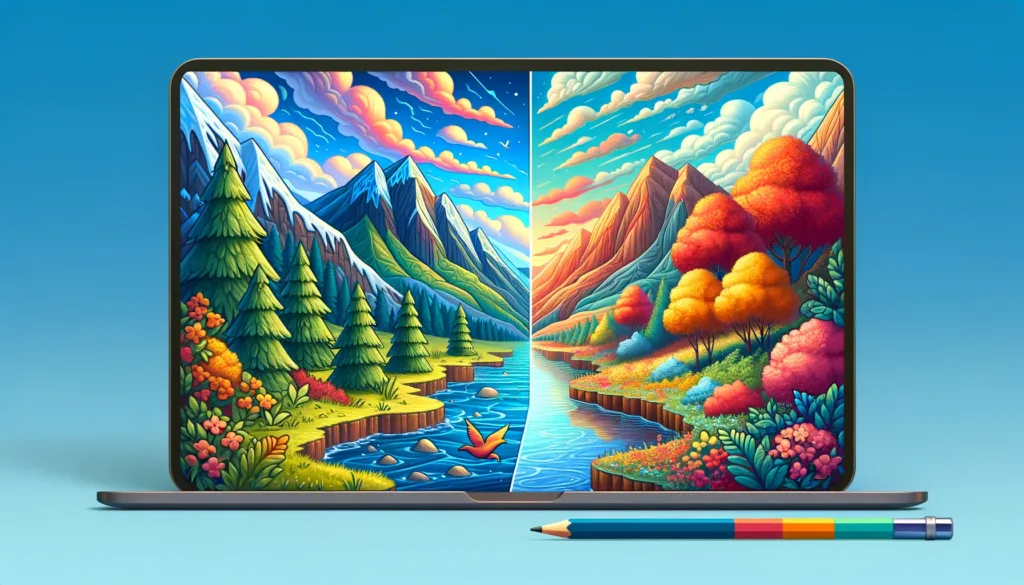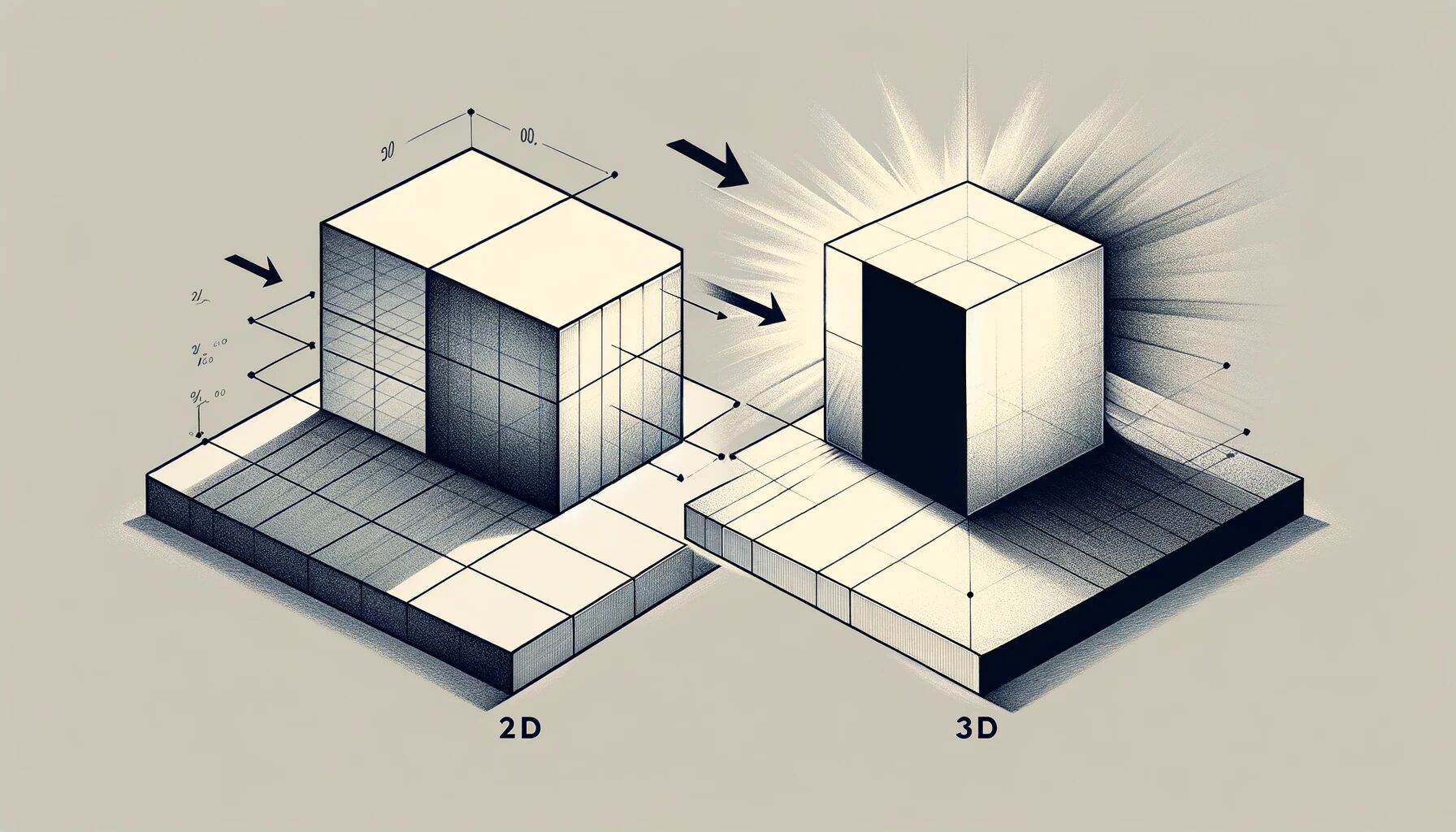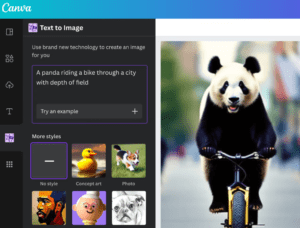The advent of artificial intelligence has ushered in a new era of digital creativity, particularly in the fields of graphic design, gaming, and virtual reality. One of the most groundbreaking advancements is the ability of AI to convert 2D images into detailed 3D models, a technology that marries the realms of ‘2d to 3d ai’ and ‘image to 3d model’ conversion. This innovation not only enhances the visual experience but also streamlines the creative process, making it more accessible and efficient.
The Magic Behind ‘2D to 3D AI’
The process of transforming a 2D image into a 3D model through AI involves sophisticated algorithms and deep learning techniques. AI systems are trained on vast datasets of images and corresponding 3D models to learn the complex relationships between 2D perspectives and 3D structures. This training enables the AI to predict and construct the 3D geometry of an object from a single or multiple 2D images, capturing details with remarkable accuracy.
Applications of ‘Image to 3D Model’ Conversion
The practical applications of this technology are vast and varied. In the gaming industry, developers can rapidly create complex 3D characters and environments from concept art, significantly reducing production times. Architects and interior designers benefit from the ability to visualize spaces in three dimensions from flat blueprints or sketches. Meanwhile, in the realm of e-commerce, this technology allows for the creation of 3D product visualizations from standard product photos, offering customers a more immersive shopping experience.

Overcoming Challenges and Looking Ahead
Despite its impressive capabilities, the ‘2d to 3d ai’ and ‘image to 3d model’ conversion technology faces challenges, particularly in accurately interpreting intricate details and textures from 2D images. However, ongoing research and development are rapidly overcoming these hurdles, with newer models achieving ever-greater levels of detail and realism.
The future of ‘2d to 3d ai’ and ‘image to 3d model’ technology is bright, with potential applications extending into historical preservation, where artifacts and sites can be digitally preserved in 3D; healthcare, for creating detailed anatomical models; and even in space exploration, for visualizing extraterrestrial terrain from satellite imagery.
As AI continues to evolve, the boundary between the digital and physical worlds blurs, offering creative professionals tools that were once the domain of science fiction. The transformation of 2D images into 3D models epitomizes this shift, marking a new chapter in the story of digital innovation.
This evolution in AI technology is not just a technical achievement but a canvas for creativity, offering new perspectives and possibilities in digital design and beyond. As we stand on the cusp of these new technological horizons, the potential for innovation is limitless, promising a future where our digital creations are as rich and nuanced as the real world.




